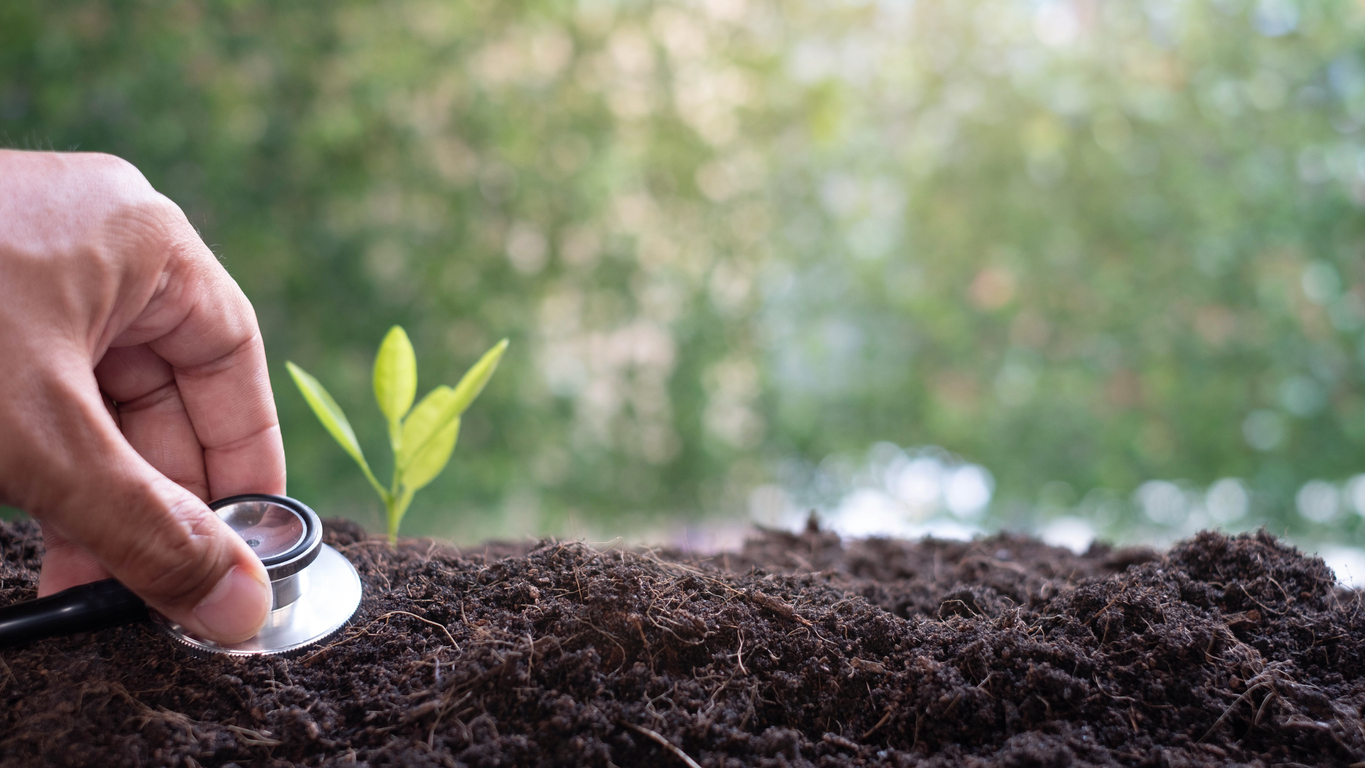Monitoring Plant Health

Farmers are often looking for a quick way to measure plant health. Soil and tissue tests are commonly used, but the results may take several days or even weeks in some cases. This can be too late on a growing crop. A quick and easy method to evaluate plant health is to measure a plant’s sap pH which gives instant feedback. A plant’s sap pH represents the percentage of hydrogen ions in a solution or the liquid (sap) from the plant cell. The pH ranges from 1 which is highly acid to 14 which highly alkaline. Since pH is a logarithm, a one pH unit change equals a tenfold change in the hydrogen ion concentration. If the pH is increased or decreased by two units, the hydrogen ion concentration changes by a hundredfold! A slight shift in plant sap pH can lead to disaster for the farmer. The plant’s sap pH indicates several things. Plants and humans are biological beings. Enzymes and carbohydrates (sugars) break down and are being utilized for growth and everyday living. The pH of a plant’s sa...


